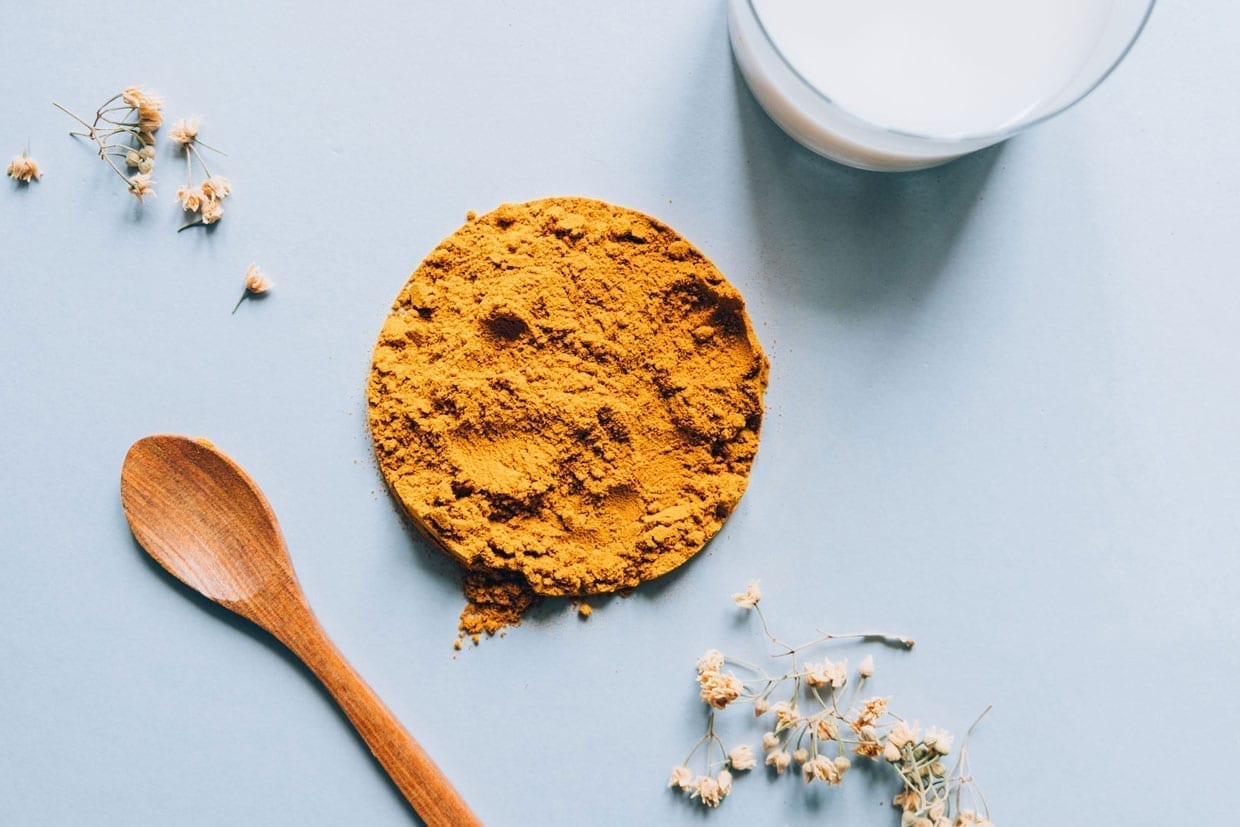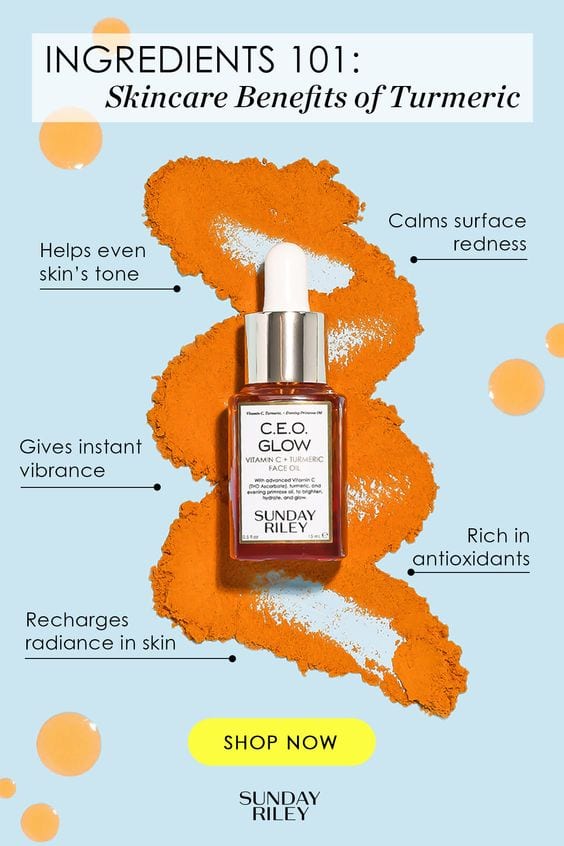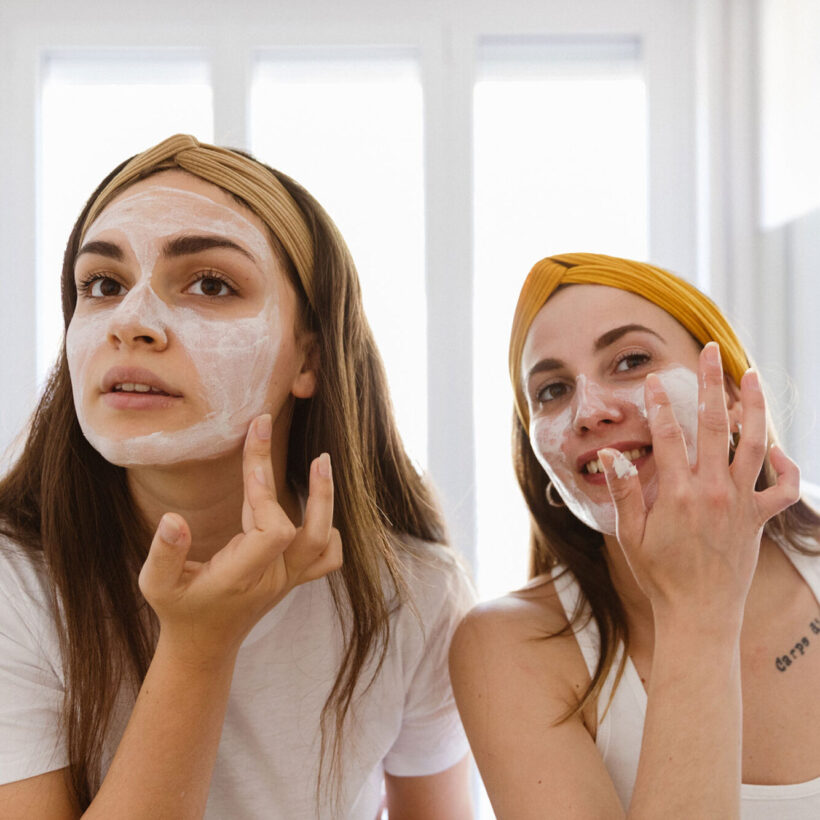It is beyond a reasonable doubt that turmeric has taken center stage among myriad of celebrities and influencer’s beauty routines. Priyanka Chopra has sung its praises on social media — and we can all attest to her glowing skin on her wedding day — and supermodel Jourdan Dunn mixes her own concoction of turmeric, honey, lemon and yogurt at home, which she shared on Instagram stories earlier this year. As for me, I specifically remember dabbling in turmeric face masks during college and staining my sink in an indelible shade of yellow after I had read a blogger’s article about how it had revolutionized her complexion and abated her acne. The truth is the spice has been used in Chinese and Ayurvedic medicine for more than 4,000 years to treat inflammatory conditions such as arthritis and to heal wounds and skin diseases. We are just now making up for a lost time.
The healing properties of turmeric may seem a little obscure until you learn that the spice, derived from the roots of the Curcuma longa plant — curcumin, for short — is related to the ginger root and possesses one of the largest concentrations of antioxidants and anti-inflammatory agents in its food group. Today, aside from its traditional uses, it is largely used for its skin-clearing and brightening properties, so you can kick all that puffiness and redness to the curb and achieve healthy, glowing skin.
“The primary property of turmeric is its anti-inflammatory capacity,” says Jessica Weiser, M.D., a board-certified dermatologist at New York Dermatology Group. “Inflammation is one of the biggest concerns with skin disease because it manifests with redness and swelling in the form of acne blemishes, rosacea, eczema, psoriasis and many more skin conditions. In studies, turmeric has been shown to also have antioxidant, antiviral, antibacterial, antifungal and potential anti-cancer effects.”
The primary property of turmeric is its anti-inflammatory capacity
The curcumin in turmeric lightens the skin by inhibiting melanin in the skin from synthesizing. Its inflammatory properties also inhibit the growth of pimple-causing bacteria and accelerate the healing of acne. In addition, studies have shown that it is one of the few natural ingredients that can help skin tightening, reverse aging and protect the skin from UV damage due to its anti-mutagen, free radical-scavenging abilities.
Whether it is best to ingest it or to apply it topically is still up in the air. But one thing is certain, the golden spice has low bioavailability, which means a low proportion actually enters the bloodstream due to its fast absorption.
“Turmeric is an excellent ingredient to add to face masks,” says Weiser. “Topically applied in combination with hydrating ingredients or gentle exfoliants such as lactic acid can improve a variety of skin conditions. When ingested orally, turmeric and its active ingredient, curcumin, are not readily absorbed by the GI tract. In order to improve absorption, turmeric or curcumin should be ingested with piperine, a constituent of black pepper.”

In 2017, Square registered sales of the inflammation-busting turmeric lattes increased by 260 percent. “Turmeric teas are a common source for ingestible turmeric because the flavor is subtle and pleasant, and the health benefits are similar to the ingestion of the whole plant in cooked solid food,” adds Weiser. “It can be made by combining ground turmeric into boiling water, allowing it to steep for 5-10 minutes, and then straining it prior to consumption. Turmeric can also be combined with other spices such as cinnamon, lemongrass, and fresh ginger root. Finally, the health benefits are maximized by adding some black pepper to tea preparations to enhance absorption.”
When it comes to ingesting it, there is evidence that suggests it can treat and prevent Alzheimer’s, arthritis and heart disease by limiting inflammation in the body, but the National Institute of Health maintains that there is little evidence that supports using turmeric to treat health conditions. Consuming turmeric in high-doses will likely not have a toxic reaction as it has a good safety record, but if you have gallbladder issues, it might rev up its activity.








